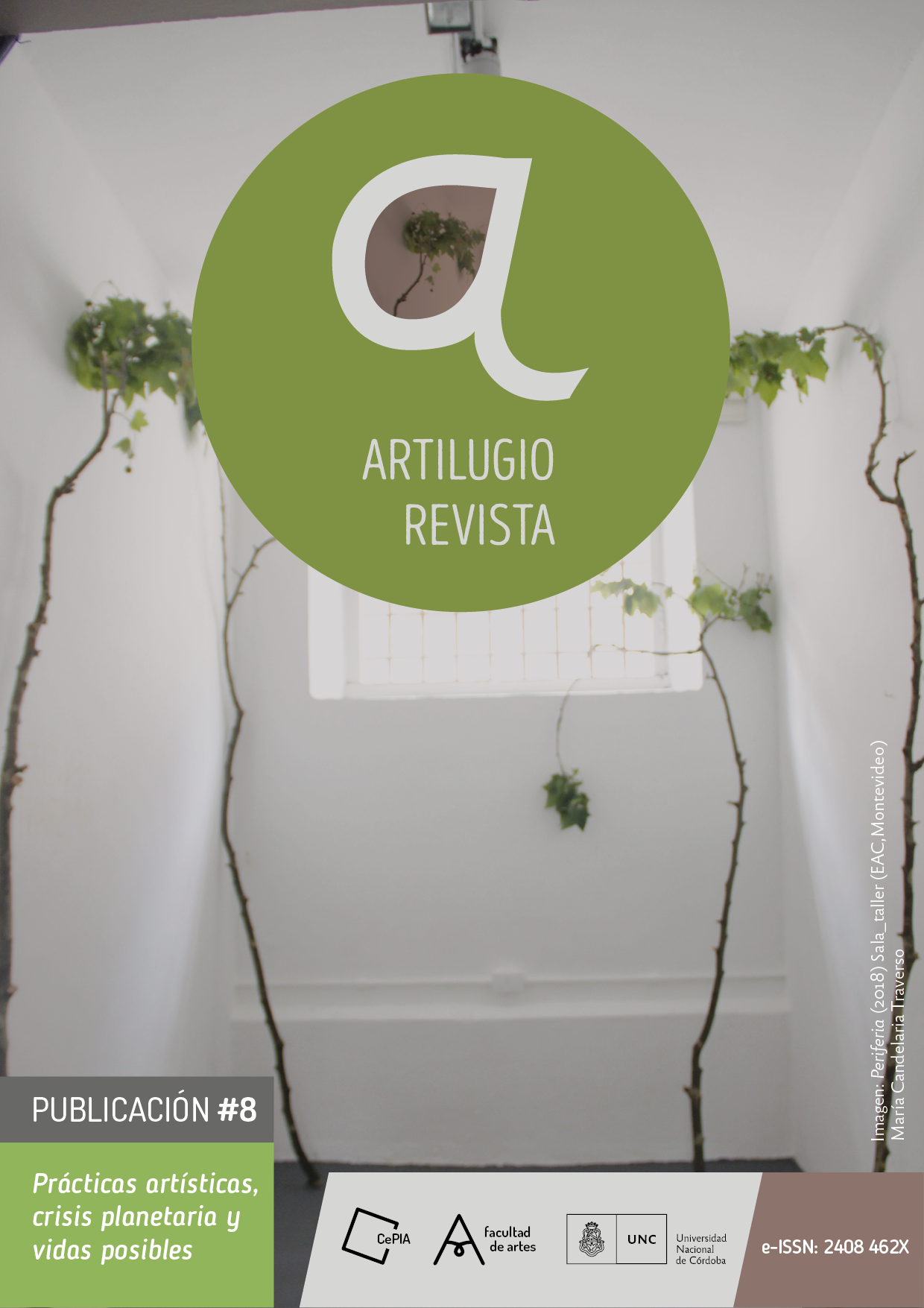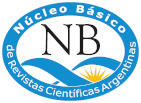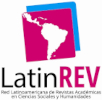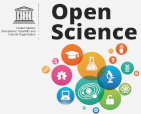Artistic activism and planetary crisis. Resistance and communitas of pain in the discourses of ContraArte
DOI:
https://doi.org/10.55443/artilugio.n8.2022.38476Keywords:
Artistic activism, Environment, ContraArte, Discourse analysis, ProtestAbstract
This article aims to analyze the sociodiscursive constructions of the group of artistic activism ContraArte, born in the city of Córdoba 13 years ago. Specifically, we asked ourselves about the actions carried out in the period 2021 against the company Porta Hnos. that has produced pollution in the southern area of the city, leaving hundreds of families with different types of consequences.
First, we introduce the reader to the importance of artistic-political actions in favor of the environment, then characterize the directions of the ContraArte group. Secondly, we will expose the theoretical prism that operates as a starting point, followed by the analysis of the photographs of the Facebook social network that shows the muralist intervention that the group carries out in the San Antonio neighborhood. The research results reveal the construction of a chronotopo of resistance and dissent in favor of the environment that configures a communitas of pain (always marginal) within the Argentine social discourse.
Downloads
References
Angenot, M. (2010). El discurso social. Los límites históricos de lo pensable y lo decible. Buenos Aires: Siglo XXI.
Arán, P. (2016). La herencia de Bajtín. Reflexiones y migraciones. Córdoba: Universidad Nacional de Córdoba.
Arfuch, L. (2005). Afectos y lazo social: las plazas Blumberg. Estudios, 17 (primavera). Recuperado el 24/07/2022 de https://revistas.unc.edu.ar/index.php/restudios/article/view/13500/13675.
Bajtín, M. (1989). Teoría y estética de la novela. Barcelona: Taurus.
Bajtín, M. (2005). Estética de la creación verbal. Buenos Aires: Siglo XXI.
Diéguez I. (2014). Escenarios liminales. Teatralidades, performatividades, políticas. Ciudad de México: Paso de gato.
Diéguez, I. (2016). Cuerpos sin duelo. Iconografías y teatralidades del dolor. Córdoba: Documenta escénicas.
Fernández, A. M. (2008). Las lógicas colectivas. Imaginarios, cuerpos y multiplicidades. Buenos Aires: Biblos.
Gligo, N. et al. (2020). La tragedia ambiental de América Latina y el Caribe. Libros de la CEPAL, N° 161 (LC/PUB.2020/11-P). Santiago: Comisión Económica para América Latina y el Caribe (CEPAL). Recuperado el 05/08/2022 de https://repositorio.cepal.org/handle/11362/46101
Longoni, A. (2009): Activismo artístico en la última década en Argentina: algunas acciones en torno a la segunda desaparición de Jorge Julio López. Revista Errata, 0. Recuperado el 24/07/2022 de https://revistaerrata.gov.co/edicion/errata0-el-lugar-del-arte-en-lo-politico.
Lopardo, L. (2020). Performance, cuerpo y denuncia: arte contra el extractivismo. Avatares de la comunicación y la cultura, 20. Recuperado el 24/07/2022 de https://publicaciones.sociales.uba.ar/index.php/avatares/article/view/6043.
Marín Ruiz, C. (2015). Arte medioambiental y ecología. Paradigmas de comprensión, interpretación y valoración de las relaciones entre arte y ecología (1960-2015) [tesis doctoral, Facultad de Bellas Artes, Universidad del País Vasco].
Svampa, M. (2019). Las fronteras del neoextractivismo en América Latina. Buenos Aires: UNSAMedita.
Svampa, M. y Viale, E. (2020). El colapso ecológico ya llegó. Una brújula para salir de los modelos de (mal)desarrollo. Buenos Aires: Siglo XXI.
Turner, V. (1975). Anthropology of Performance. New York: PAJ Publication.
Rancière, J. (2004). El reparto de lo sensible. Estética y política. Santiago de Chile: LOM Ediciones.
Verón, E. y Sigal, S. (1986). Perón o muerte. Los fundamentos discursivos del fenómeno peronista. Buenos Aires: Eudeba.
Downloads
Published
Issue
Section
License

This work is licensed under a Creative Commons Attribution-NonCommercial-ShareAlike 4.0 International License.





































